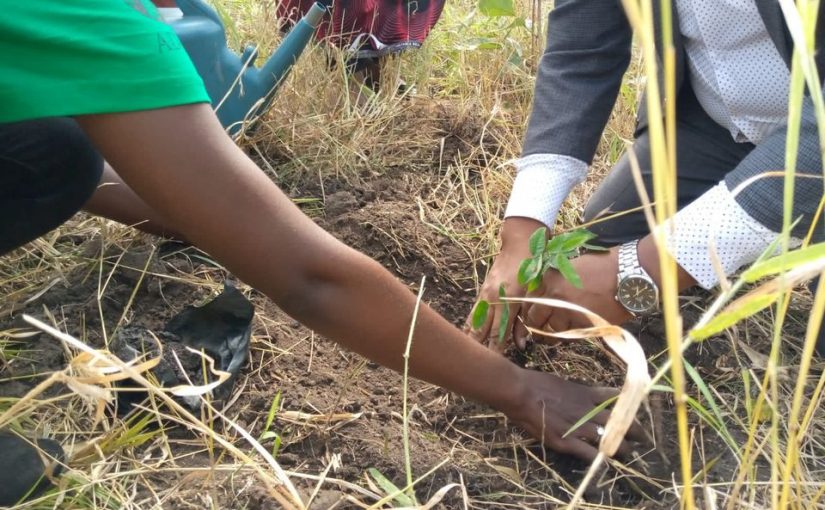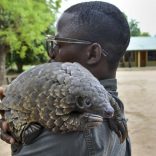Mozambique: Zinave National Park receives 10 black rhinos
NGO set to restore 300 hectares of community forests in central Mozambique

File photo: ADRA Moçambique
Close to 300 hectares of community forest in the Lamego and Chirassicua regions of Nhamatanda district will be reforested as part of an environmental protection project promoted by two organisations in central Mozambique.
“This is an ADRA and Livanigo initiative in the fight against the deforestation of community forests, which for years have been devastated by human action,” said Osório Belchior, Livaningo representative in Nhamatanda, Sofala province, central Mozambique.
Belchior, an environmental consultant on the project, said that the initiative will cover 300 hectares in Nhamatanda district, which will be reforested with native and fruit trees over a period of three years.
Five communities live in the area.
“We are now working in two communities, Lamego and Chirassicua, where we have created a nursery with 6,500 of protected species and
replanted in 12 hectares of forests. The forecast is to cover all communities, but this year we will reforest 100 hectares,” Belchior explained.
Like the rest of the world, Mozambique faces forestry conservation challenges, with estimated deforestation nationally of 219,000 hectares per year. Standing out among the causes are agriculture, urban sprawl, illegal logging, mining and wood fuel production.
“In addition to restoring forests, we are creating new ones in Lamego, Halumua, Chirassicua, Bipito and Mutambarico, the communities to be covered by the project in the 100-hectare area. In these areas, we are going to create nurseries with a production capacity of 62,000 plants,” Belchior explained.
So far, 6,500 saplings of the native Chanfuta, Pangapanga and Ubau species have been planted in community forests in the regions.
“This is the first batch of native plants. Our plan is for 6,500. In the Nhandulo community, 200 plants were recently planted in the local community forest,” he said.
Samuel Bernado, Biepie’s community leader in Chirassicua, said that reforestation would bring several benefits to his community, since the areas were almost stripped bare by human action.
“It is a positive initiative. In my community, more than 400 native plants of medicinal relevance and of different species have already been planted. As soon as the plants grow, we will use them for many things, both for medicine, as well as for shade and firewood,” Bernado said.
Luís Macutele, secretary of the Nhandulo committee in Lamego, said that forests no longer existed in the area, but at least 200 new trees had been planted.
“The illegal loggers had taken everything here. We have almost no forests, but with the help of the project we have already replanted some areas. We will take the wood and produce charcoal as soon as the trees reach an acceptable age,” he said.
Data from the Ministry of Land and Environment indicate that forests cover around 32 million hectares of Mozambique, or around 40 percent of the country’s total area, of which 17.2 million hectares have the potential for wood production.
Illegal logging costs the Mozambican state around US$200 million a year (approximately €196 million), a significant amount which could be used to boost the country’s socio-economic development, especially in rural areas.












Leave a Reply
Be the First to Comment!
You must be logged in to post a comment.
You must be logged in to post a comment.